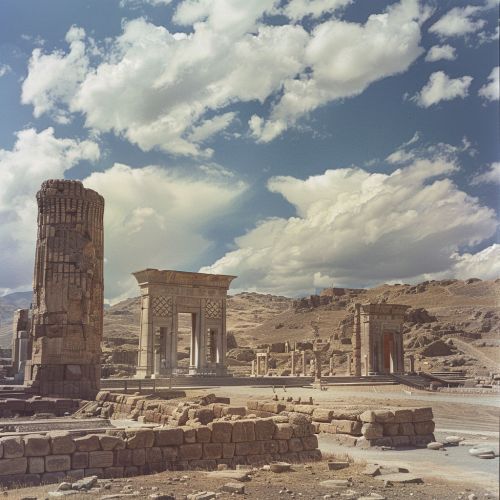Persian Empire
Origins
The Achaemenid Empire, also known as the First Persian Empire, was founded by Cyrus the Great in 550 BC following his conquest of Media. Cyrus is often credited with laying the foundation for the empire's administrative organization, as well as its official religion, Zoroastrianism. The empire expanded under his rule, eventually encompassing three continents: Asia, Africa, and Europe.


Expansion and Administration
Under Cyrus's successors, the empire continued to expand, reaching its greatest extent under Darius I. The empire was divided into provinces, or satrapies, each governed by a satrap appointed by the king. This system of administration was highly efficient, allowing the empire to maintain control over its vast territories.
Culture and Society
The Persian Empire was marked by a high degree of cultural and societal sophistication. The empire was known for its tolerance of the many different cultures and religions of its conquered peoples. This tolerance extended to the arts, which flourished under Persian rule. The empire's architectural achievements, such as the palaces at Persepolis and Susa, are still celebrated today.


Decline and Fall
The Persian Empire began to decline after the reign of Xerxes I, due in part to internal strife and rebellion. The final blow came in 330 BC, when the empire was conquered by Alexander the Great and his Macedonian forces.
Legacy
The Persian Empire left a lasting legacy in the form of its administrative systems, architectural achievements, and cultural tolerance. Its influence can be seen in the subsequent empires of the Seleucids, Parthians, and Sasanians.
